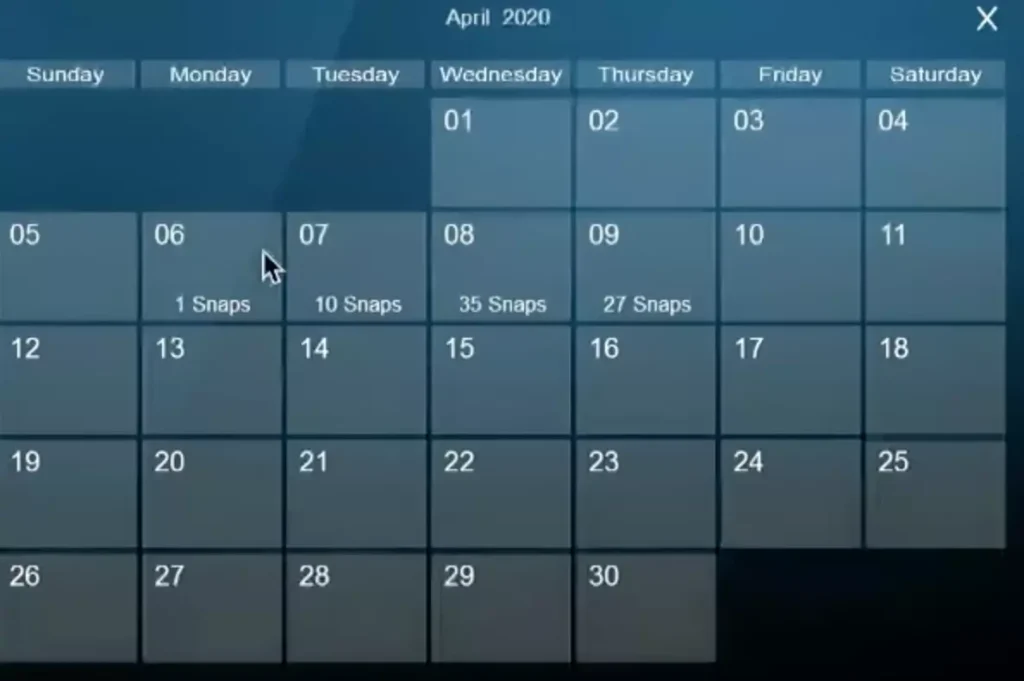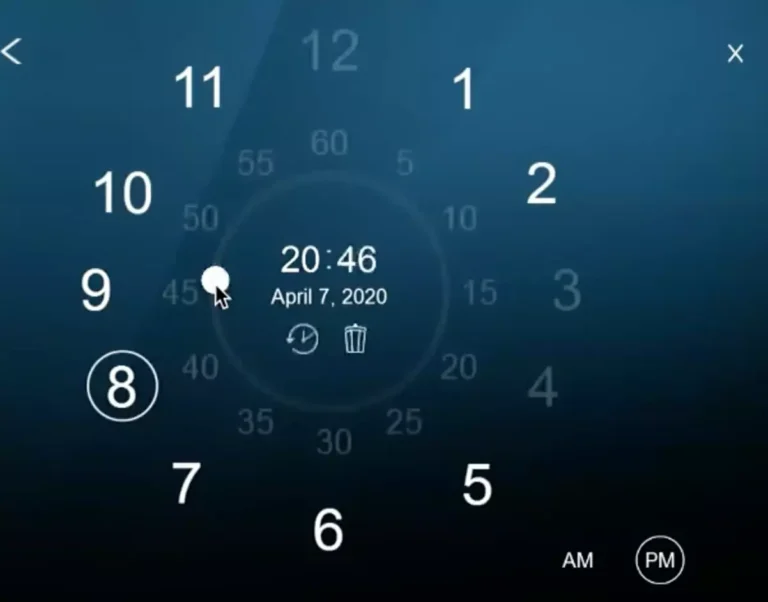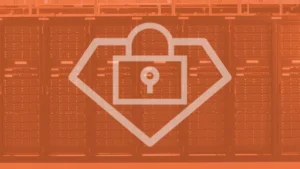April 13, 2020 / Ittai Doron / No Comments
If the storage solution implements them correctly, IT can use snapshots to reduce backup costs. The problem is most snapshot implementations are full of limitations. Despite the claims of many storage vendors, most of their implementations can’t support an unlimited number of snapshots. Also, most can’t retain snapshots indefinitely. The growth in the number of snapshots and their age both negatively impact storage performance.
To overcome these limitations, vendors need to reimagine snapshot technology so that the storage system supports an unlimited number of snapshots. It also needs to retain those snapshots for an unlimited period of time. Indefinite snapshot retention times lead to data growth. Vendors also need to intelligently manage snapshot data and store it on less expensive media. Finally, the snapshot library needs to be easy to navigate so that a storage administrator can easily find and recover the exact snapshot they need.
To deliver these capabilities and not impact performance the storage solution needs to be very efficient at managing the metadata associated with snapshots. If limitations exist, then IT can’t use snapshots to reduce backup costs. In fact, these limitations are the reasons why organizations are so dependent on backup infrastructure.
The Impact of Inefficient Snapshots
Most organizations only use a small fraction of the available snapshot depth the vendor claims to offer. IT professionals are well aware of the lack of authenticity of vendors’ claims and only maintain a few at a time. Not being able to fully leverage snapshot capabilities means most organizations only execute a snapshot once per day. The only purpose of that snapshot is to feed the existing backup process. After the backup is complete then IT quickly removes the snapshot so performance isn’t impacted. In other words, the snapshot does nothing to alleviate the organization’s investment in, or dependency on, the backup infrastructure.
Introducing StorONE’s S1:Snap

StorONE’s S1:Snap is how we reimagine the possibilities of snapshot technology. It is very efficient in how it creates and manages the metadata trail associated with each snapshot. Our management of the process enables unlimited snapshots that IT can retain indefinitely, all without impacting performance. In our on-demand webinar, we demonstrate a series of snapshots being taken, and you’ll notice almost no measurable performance impact.
Finding the Right Snapshot
Snapshots that don’t impact performance even though they are potentially years old, means that IT can use snapshots to reduce backup costs. StorONE’s customers take snapshots dozens of times per day and in many cases take snapshots every minute. They also don’t perform backups as frequently and instead leverage the snapshots for most of their incremental data protection and recovery tasks. With StorONE’s S1:Snap the backup becomes a recovery point of last resort when everything else has failed.
Given the number of snapshots that the typical StorONE customer retains it is important that they are able to find the snapshot when they need it. After clicking the restore snapshot icon our unique interface first shows a monthly calendar and displays the number of snapshots available each day. Then clicking on a given day displays a clock display. Every hour that is highlighted has a snapshot or multiple snapshots attached to it. Once the snapshot is selected the customer provides a restore name to the volume and the recovery is complete within a few seconds.
 Month View of Available Snapshots
Month View of Available Snapshots
 Day
Day
Making Snapshots Cost Effective
Another challenge that most snapshot features lack is the ability to store snapshots for a long period of time, cost-effectively. Most solutions can only keep their snapshot data on the same tier of storage as the original volume. Most organizations leverage flash storage for their production applications. The requirement to keep snapshots on the same tier as the original volume makes retaining them expensive.
While initially, it doesn’t take space, when the snapshot is retained for six months the snapshot capacity is significant. If a storage system can retain snapshots for a long time then it must manage snapshot capacity. If it can’t move the older snapshot data to less expensive media then it becomes cost-prohibitive to keep them. Another reason for organizations to remove snapshots is to free up space attributed to them. These organizations then need large backup infrastructure investments to keep primary storage costs down.

S1:Snap can tier old snapshot data from premium-priced production storage and to multiple layers of less expensive storage. For example, a customer might have a high-performance TLC tier of NVMe SSDs, then tier it to a less expensive tier of QLC flash, and then finally move it to a tier hard disk drives. The tiering capability makes the concept of unlimited quantities of snapshots and unlimited retention times much more practical. With snapshot tiering, IT can use snapshots to reduce backup costs while not increasing production storage costs.
Replication Completes the Picture
StorONE’s S1 Enterprise Storage Platform’s HA and DirectWrite, as well as its vRAID capabilities, protect snapshot data from failure. Some organizations may want to also use replication for 100% protection. S1:Replicate can deliver synchronous, near-synchronous and asynchronous replication to complete the protection picture. Snapshots at the remote site can execute at different intervals than the primary. StorONE enables a very simple and cost-effective secondary site creation since the hardware at the remote site does not need to match the hardware at the primary site.
Conclusion
Snapshots are not an uncommon capability in storage systems today. Most IT professionals, however, don’t count on them to replace or even lessen the importance of backup infrastructure. Most snapshot implementations impact performance and increase complexity and cost. The status quo is to use snapshots once a day to feed the backup software. The S1 Enterprise Storage Platform’s S1:Snap capability breaks the status quo. It enables IT to use snapshots to reduce backup costs.
Learn More
[brighttalk id=”397485″]
Posted in [wpbb post:terms_list taxonomy=”category” separator=”, “]
Ittai Doron
What to Read Next

Better Data Protection and Resiliency
By George Crump | Mar 10, 2020
The number one responsibility for any enterprise storage system is to protect your data. Delivering data resiliency is job one for the StorONE Enterprise Storage Platform. The high performance and low-cost of the platform have no value if you can’t have complete data confidence. You can achieve better data protection and resiliency with an Enterprise […] Read More →
Reduce Storage Costs and Risks
By Ittai Doron | Mar 31, 2020
The primary objective of our Q2-2020 update is to reduce storage costs and risks. We’ve added two significant features that enable organizations to lower the cost of their storage infrastructure. We’ve also added two critical enhancements that better protect data both long term and during a disaster. StorONE’s Q2-2020 release is available to help you […] Read More →




